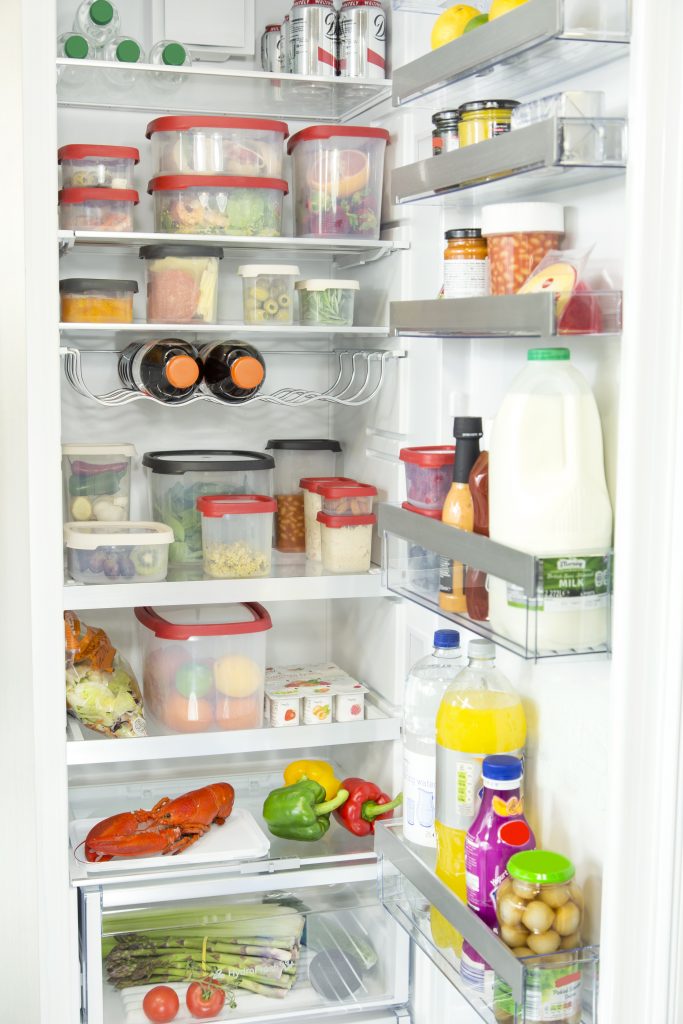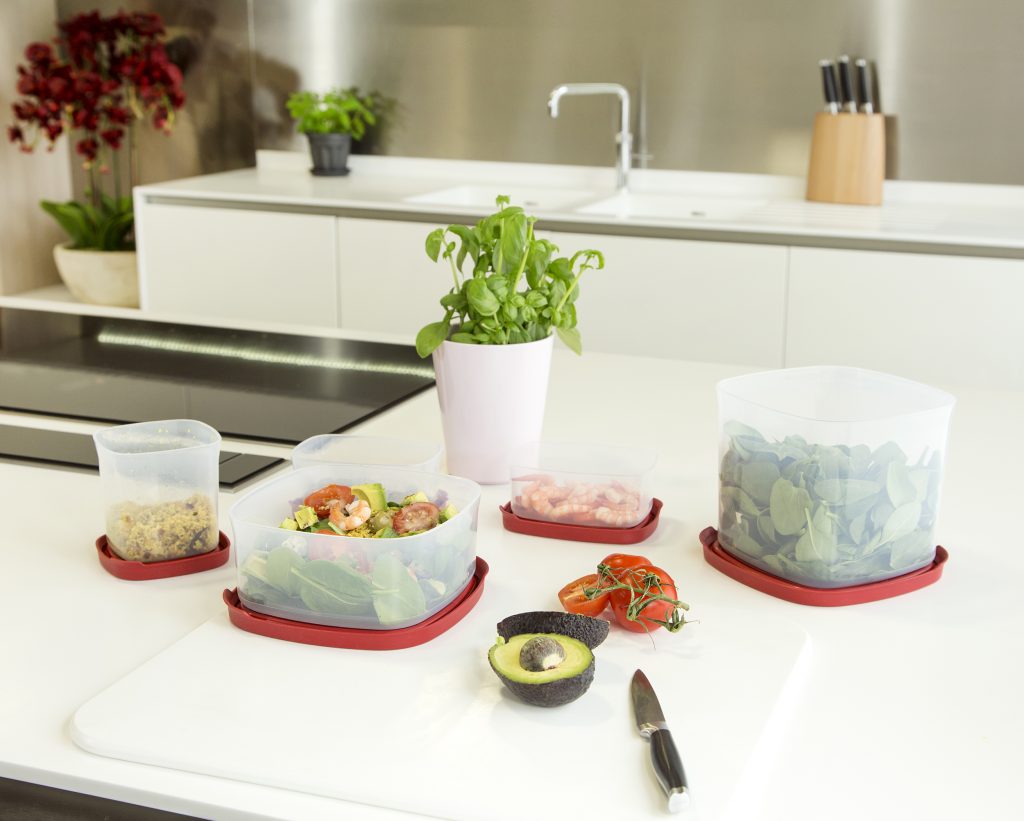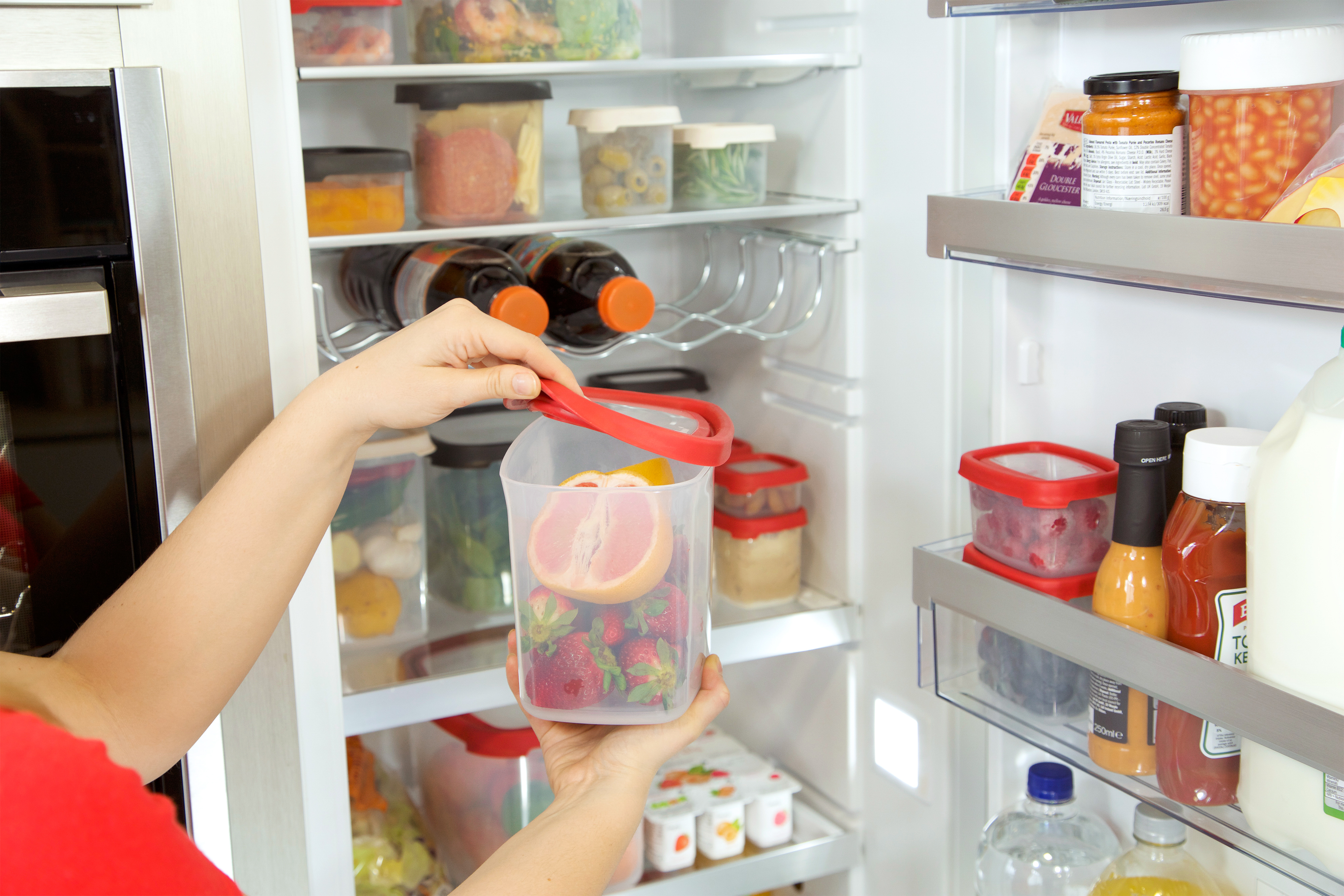Food waste is damaging not only your wallet, but the environment. Energy, water and fuel is used in food production and is therefore wasted when the food isn’t consumed. Food that gets thrown away tends to end up in landfill, where it breaks down and produces methane, a greenhouse gas which is believed to affect the Earth’s climate. As a nation we throw away astonishing amounts of food.
According to new figures from food waste charity Wrap, households in Britain throw away £15 billion of food every year.
www.countrysideonline.co.uk, 2018
You’ll be glad to know that reducing your food waste can be incredibly easy. Here are five simple steps to waste less food and make your household more economical. Making these minor changes will not only help the environment but will also save you money.
1. Plan your meals
Planning your meals and knowing the exact amount of food you need each week will prevent you from buying too much from the supermarket. Also consider finding a shop that sells loose fruit and veg, to avoid buying unnecessarily big packs. It’s also worth educating yourself on portion sizes, do you or a family member tend to leave some food on their plate? If so, consider reducing the amount of ingredients to prevent this, or make slightly more and use the leftovers as a meal for the following day.
2. Store your food correctly
The way in which you store your food will impact how long it lasts. Storing food incorrectly could make it go off much sooner than necessary, causing preventable waste.

Your fridge has sections that are suited to specific food groups, using these properly will ensure your food remains safe to eat for as long as possible.
Here are a few things to consider:
- The temperature should be at or below 4°C
- The top shelf is the warmest and should be used for ready to eat foods such as yoghurt and cheese, or drinks
- The shelf below is best for cooked meats and leftovers
- The bottom shelves are the coldest and are ideal for raw meat
- The bottom drawers are for fruit and veg
- Door storage is the most varied in temperature and therefore is best for juice, condiments and sauces
- Airtight storage boxes should be used to store produce such as meat and leftovers. This is the most hygienic option and will stop food spoiling sooner than it should. Always try to fill the box as much as possible – the less air, the longer the food with keep, so its a good idea to have several sizes to hand.
We like to use our Wham Seal It food boxes as they’re airtight with an easy open lid. They are also freezer, microwave and dishwasher safe, and with them being clear you can easily see the contents. Bear in mind square and rectangular boxes will make better use of the space in your fridge. The Seal It range has many size options that are stackable, so you’d be able to find the perfect sizes for your fridge.
3. Make use of your freezer
Use your weekends, or whenever you have some free time, to prep a batch of meals for the week. These can then be frozen and defrosted when needed. Our Seal It food boxes can be used in the freezer as well as the fridge; the seal will help prevent freezer burn. However, let the food cool before putting it in the freezer to avoid temperature changes.
This process may seem daunting or undesirable at first, but as soon as you experience the smugness that comes with being super organised, it will soon become part of your routine. The satisfaction of knowing that your meals are prepped before the week even begins will save you both time and stress during the week. Have a look on social media, particularly Instagram and Pinterest, to join the trend and follow the Meal Prep Gurus for all the inspiration you’ll need:
mealpreponfleek . lady.lolas . lifeofavegetarian . workweeklunch . mealprepmondays
4. Get creative with your leftovers
Get creative and try to make a meal out of any food left in your fridge. If you have some leftovers or food close to its use by date and are unsure how to use it before it goes off, consider making something simple yet tasty such as omelettes, frittatas, soup or sandwiches. If you’re struggling, the internet is full of inspiration!
5. Adopt a labelling or storage system
If you want to take organisation one step further you could label your boxes with their use by date, or colour coordinate using coloured lids as a system to know what will go off first or what type of food is inside (for example red lids for raw meat), the Seal It range has three coloured lids – red, cream and black. Or simply store your food in order – put food that will go off first to the front and new supplies or food with a longer life at the back, so that nothing gets forgotten about.
Browse the full range of Wham Seal It here
Buy the range here or here

